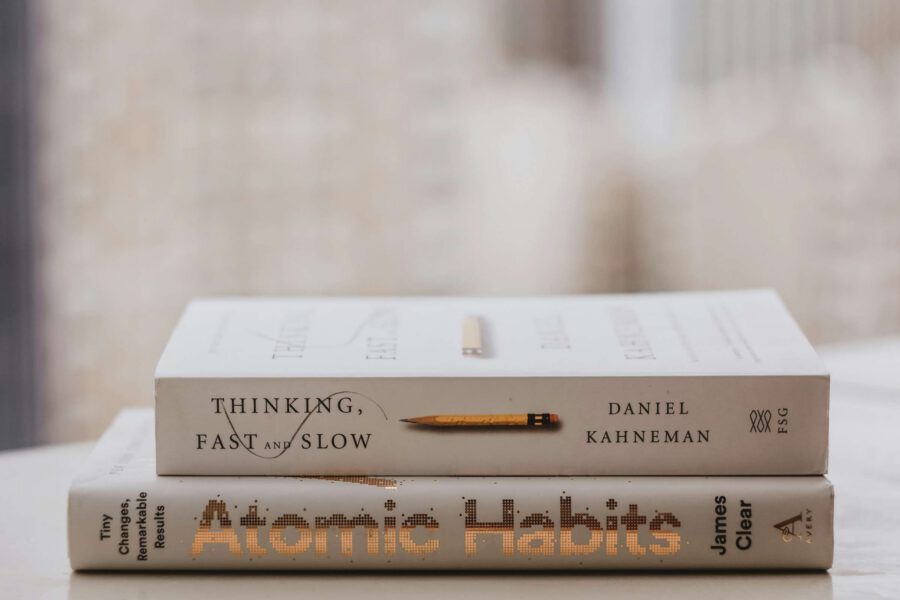Do you ever end a day feeling like you were busy all day but achieved nothing meaningful? Emails, calls, errands, endless notifications — yet your real goals are still untouched.
You’re not alone. In a world where everyone is “always on,” focus has become the new superpower.
The truth is, you don’t need more hours in a day — you just need more control over the hours you already have. That’s where time blocking comes in — a simple but powerful strategy that Brian Tracy, Jim Rohn, and Mel Robbins have all built their success philosophies around.
🧭 What Time Blocking Really Is
Time blocking means scheduling your day in chunks of focused time dedicated to specific tasks — rather than reacting to everything as it comes. You literally block out time for what matters most.
Brian Tracy called it “single-handling” — focusing on one high-value task until it’s done.
Jim Rohn said, “Either you run the day, or the day runs you.”
And Mel Robbins reminds us, “You’re never going to feel like it. You act first, and motivation follows.”
Time blocking isn’t just about managing your calendar — it’s about mastering your energy and intention.
⚡ Why Time Blocking Works
Most people live in “reaction mode” — jumping between emails, messages, and small fires. This drains focus and leads to burnout.
When you block your time, you:
✅ Reduce decision fatigue — your day already has a plan.
✅ Build momentum — focus leads to flow.
✅ Reclaim control — you stop reacting, start directing.
Time blocking creates boundaries between work, rest, and recovery. That’s how flow happens.
🕒 How to Time Block Your Week
Let’s keep it real and simple. Here’s how to do it — starting today.
1️⃣ Identify your high-value tasks.
Ask yourself: “If I only did three things this week, which would move me closest to my goals?”
Write them down. These become your “non-negotiables.”
Brian Tracy’s rule: “Eat That Frog.” Do the hardest, most impactful task first.
2️⃣ Divide your day into themed blocks.
A great starting structure:
| Time | Focus Block | Example |
| 6–9am | Deep Work | Strategy, writing, problem-solving |
| 9–11am | Collaboration | Meetings, calls |
| 11–1pm | Learning | Reading, online courses |
| 2–5pm | Execution | Projects, delivery |
| 6–9pm | Personal | Family, rest, reflection |
The idea isn’t perfection — it’s intention. Adjust it to your rhythm.
3️⃣ Protect your blocks like appointments.
Turn off notifications. Shut down extra tabs. Let people know your focus hours.
Mel Robbins calls it the 5-Second Rule — if you think of something you should do, count backward (5-4-3-2-1) and act before hesitation creeps in.
Apply that rule when your mind whispers, “I’ll do it later.” Act now.
4️⃣ Add rest and reward blocks.
Jim Rohn taught that discipline builds success, but balance sustains it.
Include breaks, walks, and moments for gratitude or prayer. Flow isn’t endless hustle — it’s rhythm.
When you rest intentionally, you recharge creativity.
5️⃣ Reflect and adjust weekly.
Every Sunday or Friday afternoon, ask:
- What did I achieve this week?
- Where did I lose time?
- What needs to change next week?
The goal isn’t to have a perfect calendar — it’s to learn your rhythm and refine it. Over time, your productivity compounds.
💡 Overcoming Common Challenges
Procrastination? Use Mel Robbins’ 5-Second Rule — count down and move before doubt sets in.
Distractions? Schedule them. Yes — plan your social media or leisure blocks.
Burnout? Add “recovery” blocks. No guilt. Rest is fuel.
Overcommitment? Learn to say no — politely, firmly, and early.
🧘🏽♀️ Time Blocking for Different Lifestyles
- For professionals: Block mornings for deep work before meetings start.
- For entrepreneurs: Theme days — e.g., Monday (Marketing), Tuesday (Finance).
- For students: Block study time + breaks in 90-minute cycles.
- For parents: Align blocks with kids’ schedules — use nap times or school hours for focus.
Time blocking flexes to your reality. It’s not rigid; it’s rhythmic.
Mastering your time is mastering your life. Every time you block an hour for what truly matters, you’re saying “yes” to your future and “no” to chaos.
As Brian Tracy says, “Every minute spent planning saves ten minutes in execution.”
The week ahead is blank. Design it — don’t drift through it.
Tonight, write down your top 3 priorities for the week and block them into your calendar — even just 30 minutes each.
Tomorrow, when your alarm rings, count down: 5-4-3-2-1 — and begin.






